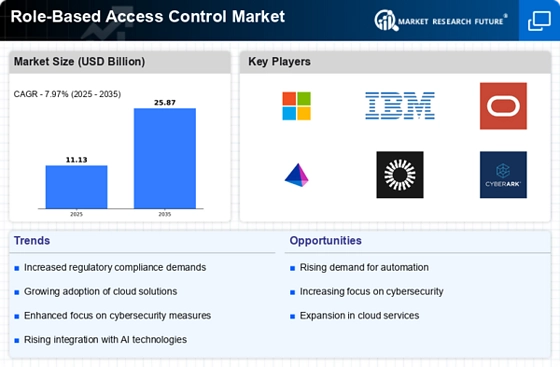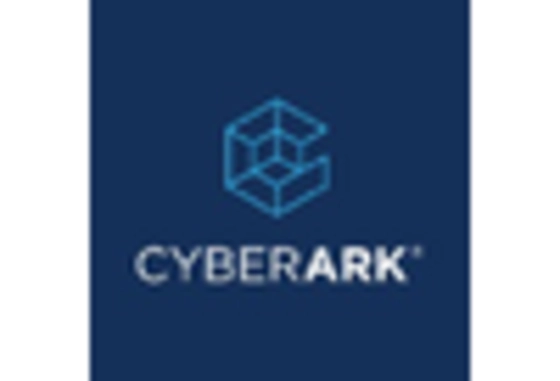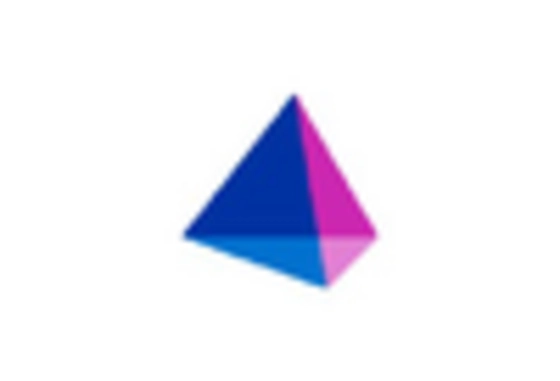Growing Cybersecurity Threats
The escalating frequency and sophistication of cyber threats is a primary driver for the Role-Based Access Control Market. Organizations are increasingly recognizing the necessity of robust security measures to protect sensitive data. In 2025, it is estimated that cybercrime will cost businesses over 10 trillion dollars annually, prompting a shift towards more secure access control solutions. Role-based access control systems provide a structured approach to managing user permissions, thereby minimizing the risk of unauthorized access. This trend is likely to continue as companies seek to fortify their defenses against potential breaches, making the Role-Based Access Control Market a critical component of their cybersecurity strategies.
Rising Awareness of Data Privacy
The increasing awareness of data privacy among consumers and organizations is a crucial driver for the Role-Based Access Control Market. As data breaches become more prevalent, stakeholders are demanding greater transparency and control over their information. In 2025, it is expected that data privacy regulations will become even more stringent, compelling organizations to adopt effective access control measures. Role-based access control systems empower organizations to enforce data privacy by restricting access based on user roles, thereby ensuring that sensitive information is only available to authorized individuals. This growing emphasis on data privacy is likely to stimulate demand for role-based access control solutions, further enhancing the Role-Based Access Control Market.
Regulatory Compliance Requirements
The stringent regulatory landscape is a significant driver for the Role-Based Access Control Market. Organizations are compelled to comply with various regulations such as GDPR, HIPAA, and PCI DSS, which mandate strict access controls to protect sensitive information. As of 2025, the compliance market is projected to reach 50 billion dollars, indicating a growing emphasis on adherence to these regulations. Role-based access control systems facilitate compliance by ensuring that only authorized personnel can access specific data, thus reducing the risk of non-compliance penalties. This trend underscores the importance of implementing effective access control measures within organizations, further propelling the Role-Based Access Control Market.
Integration of Advanced Technologies
The integration of advanced technologies such as artificial intelligence and machine learning is transforming the Role-Based Access Control Market. These technologies enhance the capabilities of access control systems by enabling more sophisticated user behavior analysis and anomaly detection. In 2025, the market for AI in cybersecurity is projected to exceed 30 billion dollars, indicating a strong trend towards leveraging technology for improved security. Role-based access control systems that incorporate these advanced technologies can provide organizations with real-time insights into user activities, allowing for proactive security measures. This technological evolution is likely to propel the Role-Based Access Control Market forward as organizations seek to adopt smarter security solutions.
Increased Demand for Remote Work Solutions
The rise of remote work has created a heightened demand for secure access control solutions, significantly impacting the Role-Based Access Control Market. As organizations adapt to flexible work arrangements, the need for secure remote access to sensitive information has become paramount. In 2025, it is anticipated that over 30% of the workforce will be working remotely, necessitating robust access control measures to protect organizational data. Role-based access control systems enable organizations to manage user permissions effectively, ensuring that remote employees have the necessary access without compromising security. This shift towards remote work is likely to drive further growth in the Role-Based Access Control Market.


















Leave a Comment